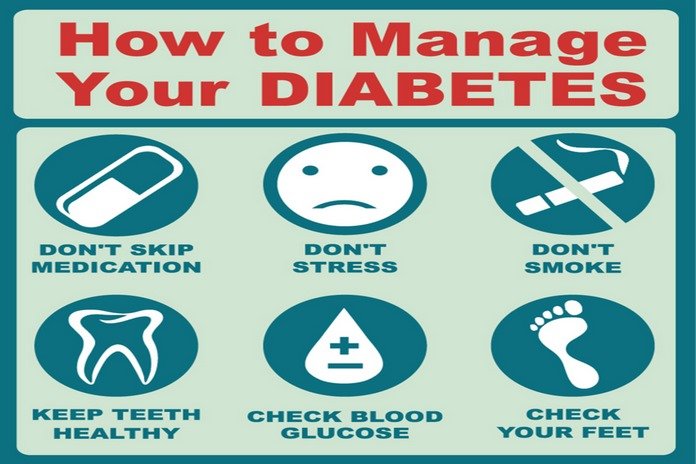Diabetic Retinopathy Prevention

It is not always possible to prevent the condition of diabetic retinopathy. However, regular eye examination is a good way to control blood pressure and blood sugar levels. An early intervention either through medications or lifestyle can be helpful to avoid vision problems especially in the later and severer stages of diabetic retinopathy. If a person has diabetes, you can reduce the risk of getting diabetic retinopathy by following the simple rules:
Managing your diabetes
Making healthy lifestyle changes to manage your diabetes in order to avoid the progression or development of diabetic retinopathy. There are a bunch of healthy recipes especially for the diabetic patients to satisfy the sweet tooth as well as including only organic ingredients. Avoiding gluten, processed sugars, sugar additives, beverages, bottle juices, and packaged foods at all can greatly help to manage and even lower your blood sugar levels.
Opting for fresh fruits and vegetables as snacks every day can help you to boost your metabolism and effectively manage your diabetes. It is important to get yourself moving by including at least 150 minutes of moderate aerobic activity such as walking, climbing stairs, yoga, etc. In addition, moving your body helps to regulate the hormones controlling the blood sugar levels. Therefore, you can prevent the development or progression of diabetic retinopathy by taking insulin or other oral diabetes medications along with healthy lifestyle practices.
Monitoring the blood sugar level
You might need to look for your blood sugar levels and then keep the records several times a day or even more frequently if your blood sugar levels spike more often. In addition, if a patient of diabetes has any other medical condition or is under stress then they must check and keep the record of their blood sugar levels to avoid any complication including diabetic retinopathy. It is better to ask your doctor about how often you can test your blood sugar levels. Fortunately, there are many portable glucometers available these days to check your sugar levels at the ease of your home.
Consulting the doctor about taking a glycosylated hemoglobin test
The hemoglobin A1C test or glycosylated hemoglobin test indicates a person’s average blood sugar level for the two- to three-month period prior to the test. For a majority of the diabetic patients, the hemoglobin A1C test results must be under 7%.
Keeping the cholesterol and blood pressure manageable
Keeping the blood pressure and cholesterol manageable can help a diabetic patient greatly to avoid the condition of diabetic retinopathy. Eating wholesome foods, losing excess body fat, and exercising regularly can help a ton to keep blood pressure and cholesterol under control and eventually avoid the development of diabetic retinopathy.
Quit smoking and other tobacco products
If you have diabetes and you smoke tobacco or other tobacco products then you must stop as smoking elevates your risk of several diabetes complications including diabetic retinopathy. You can seek help from your doctor to quit smoking.
Paying attention to changes in vision
If you are experiencing any sudden changes in your vision then you must contact your eye doctor immediately. Sometimes, the symptoms of diabetic retinopathy include blurry, hazy, or spotty vision. (7)
